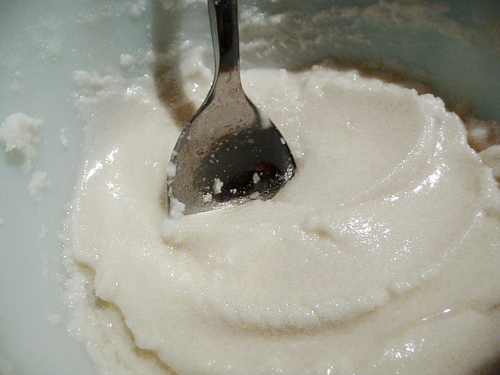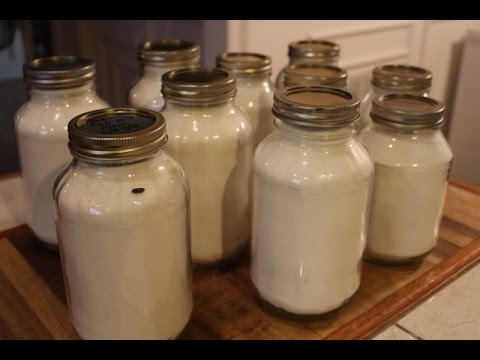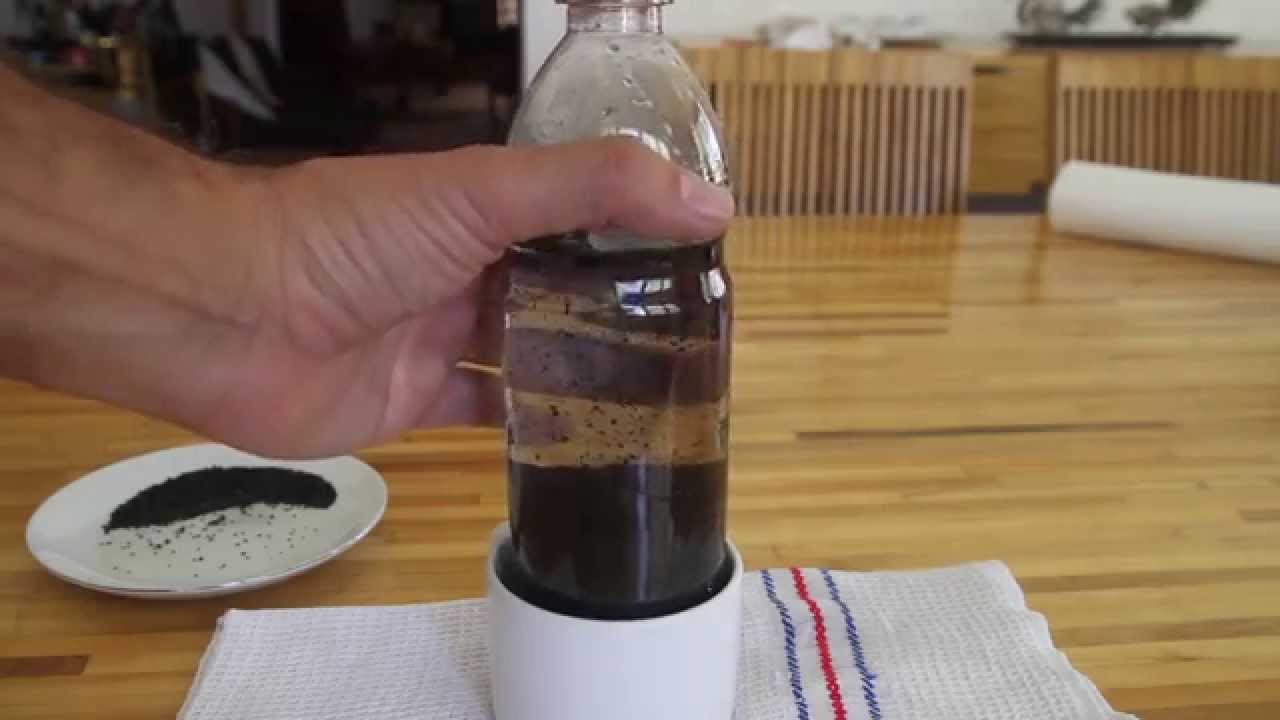Natural Oven Cleaner (Video)
Oven cleaners are some of the most disgusting and toxic kinds of cleaning products out there, but cleaning an oven can be a real drag. The high heat of the oven bakes in all kinds of grime and grease, and since it’s not a surface in the kitchen that we regularly use, it tends to … Read more








